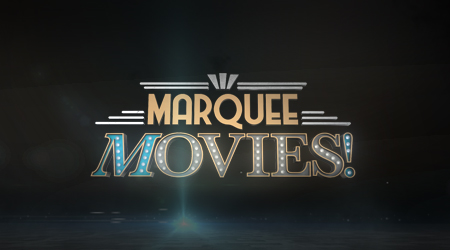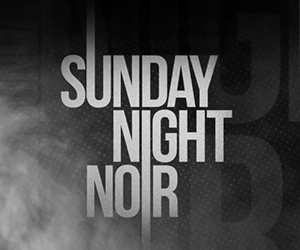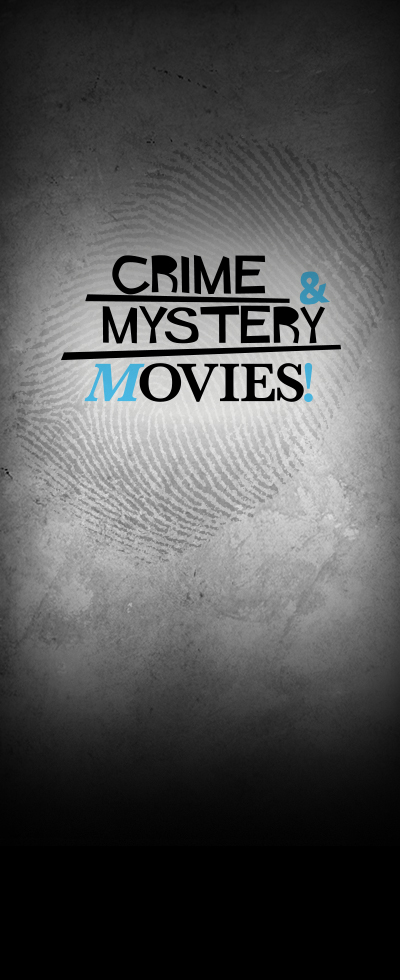For showtimes, click here.
In a Lonely Place was the second collaboration of Humphrey Bogart and director Nicholas Ray. Their previous work, Knock on Any Door, was also a film noir, and that movie helped build a relationship which allowed Bogie to deliver an even better performance this time around.
Ray said about Bogie, “He was much more than an actor: he was the very image of our condition… the details came naturally to him…”
1. Bogie wanted Bacall.

Humphrey Bogart wanted Lauren Bacall, his wife, to star opposite him. However, Bacall was still under contract to Warner Brothers, and the studio (seemingly to repay Bogie for partnering with Columbia) refused to loan her out. Director Nicholas Ray chose Gloria Grahame, who was his wife at the time. Grahame, of course, was no stranger to film noir (read about The Big Heat here and Human Desire here). Ginger Rogers was also considered.
2. Bogie got his friend a job.

Humphrey Bogart had screenwriter Andrew Solt add a character for his friend, Robert Warwick, to play. At the time, Warwick was struggling to find work – which is perhaps why Solt wrote his character as a washed up actor reciting Shakespeare. Bogie and Warwick had previously performed together in Alice Brady's play, Drifting, in 1922 and in a western called A Holy Terror in 1931, and Robert had been kind to him when he was starting off as an actor.
3. The film’s ending is different.

In a Lonely Place was based on Dorothy B. Hughes’s novel. However, the ending is much different. In the original, Dixon Steele is revealed to be… a killer. In fact, the novel’s main character poses as a crime novelist in order to hide his sinister side. While the film adaption does depict Bogie’s character with some rough edges, in the end, he’s proven innocent of murder. The original ending, however, did end with Bogie killing Grahame. However, Nicholas Ray disliked the “neat” ending and had the actors improvise a new one. Ray said, “Let the audience find out and make up its own mind about what’s going to happen to Bogie [afterward].”
4. The film was in bad shape.

The print for In a Lonely Place was damaged, so Sony Pictures cultivated music and video of the movie from multiple sources to begin a restoration process. Since tears were on the masters, the film required digital restoration – a process that is like painting over the defects, not to change them, but to fix them. The soundtrack also required extensive work to restore dropped or warped audio.
















